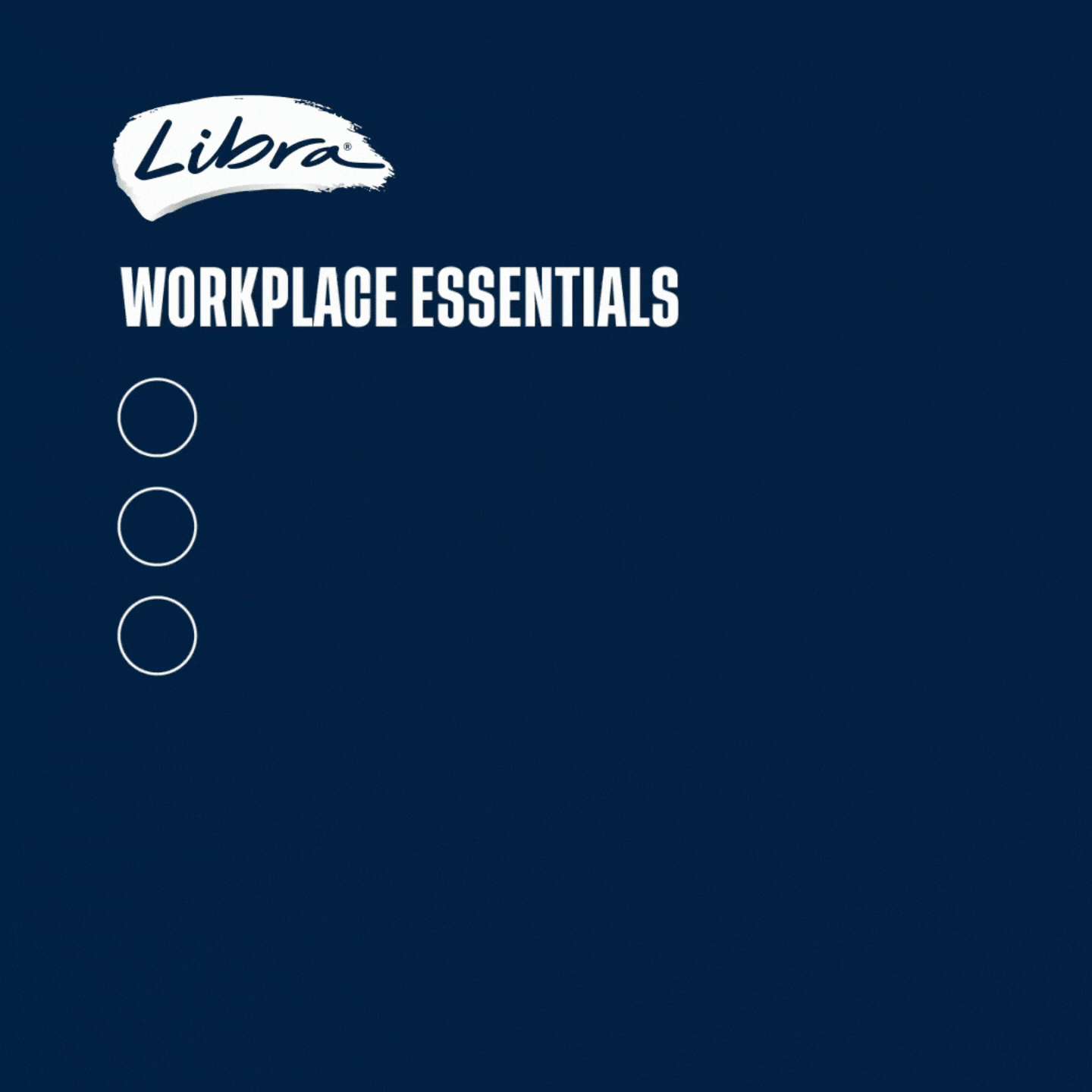Sugar, and what it does to your health, is currently getting plenty of airtime. As a nutritionist I want to explain some of the hard facts on this controversial topic so you can decide for yourself how much of the white stuff you want to include in your diet.
First up, too much sugar in ANY form (including natural sources like honey) is NOT good for your health if you overindulge. But there are a few other issues with sugar that make the recommendation of “consume in moderation” a little difficult to stomach.
Sugar is highly addictive to our brains, especially the processed stuff like high fructose corn syrup. This is one reason processed food manufacturers use it as a sweetener, the more we get the more we want. Consider the packet of chocolate biscuits, how many times have you had the intention of eating “just one or two” and ended up devouring the whole packet? The reason sugar is so physically addictive is because it impacts our appetite control hormones – desensitising the brain’s mechanism for telling us when we are full.
When you consider how much sugar forms the basis of our western diet (and I’m not just talking about the obvious sources, like a teaspoon of sugar in your morning coffee), it’s a real cause for concern. Worse still, it appears many of us are completely oblivious to just how much sugar finds its way into our daily diet.
This is because much of the sugar we consume on a daily basis comes in hidden forms. Sugar’s added in large quantities to many of the processed foods we commonly eat. Even worse, manufacturers have been trying to fool us by disguising sugar under names that most of us would never recognise. Names like maltitol, mannitol, ploydextrose, sorbitol, inulin, HFCS (short for – high fructose corn syrup) are the unhealthiest and most fattening of all the different types of sugar.
The truth is that if you’re eating processed carbohydrate foods, such as commercial brands of cereal, biscuits, ice cream, yoghurt, muesli and nut bars, bottled fruit juice, salad dressings and mayonnaises, condiments like BBQ and sweet chilli sauce, you are consuming hidden sugars, and more than likely the worst kind: processed fructose.
So what makes sugar so bad for us when we eat it in excess or processed forms, and why are we only now waking up to its links to almost every degenerative lifestyle disease suffered in the western world?
Sugar is damaging to our health when we consume excess amounts of it, (even more so when we consume the processed forms listed above). The form of sugar with the most detrimental effect on our health is fructose – the naturally occurring sugar in ripe fruit.
However, the fructose in whole fruit is not so much the enemy I am referring to, but rather the processed form added to many manufactured foods. The problem with processed forms of fructose is that it is converted immediately to fat by the liver, unlike pure glucose (known as dextrose) that is utilised in the first instance by the body cells for energy.
But even in this form, the body will still convert any unused portion to fat when consumed in excess. You also need to understand that even unprocessed “natural” forms of sugar such as honey, cane sugar, coconut sugar, maple syrup and agave – which is around 90% fructose, are also fattening and addictive when consumed in excess.
The hidden fructose loaded culprits
Whole fruit
Fructose found in whole fruit is far less lethal than processed forms of fructose, due in part to the fibre content slowing down the conversion to fat. But be aware that even eating in excess of two whole pieces per day is likely to tip your fructose quota over the edge, when combined with any additional sources of sugar you maybe consuming. My advice with fruit is to consume the low sugar varieties such as berries, grapefruit, lemons and kiwi the most, then moderate your intake of apples, pears and stone fruit, and save the higher sugar varieties such as grapes, watermelons, mangoes, banana’s and pineapple for occasional consumption, unless you are really working them off with lots of exercise.
Fruit juice
I believe serving up a big glass of bottled fruit juice is no better than eating out of the sugar bowl, notably because the fibre has been removed, leaving little more than pure fructose. Fresh fruit juice may have retained some vitamins and minerals at least, but the amount of fruit you would need to juice in an average serve would be around 4 to 6 pieces minimum, and this equates to too much fruit for one day.
Dried fruit
I nearly keel over when I see so many parents feeding their kids an endless supply of dried fruit, followed by a fruit juice poppa and biscuits. It’ just too much fructose and contains no protein to sustain their energy.
A work day of sugar
So if a typical work day’s food supply goes a little like this for you: processed cereal with milk and flavoured yoghurt and a glass of fruit juice for breakfast, a cheese and tomato sandwich with processed mayo for lunch, a biscuit or two from the kitchen’s cookie jar and perhaps a muffin or packet of crisps for the afternoon slump, followed by pasta or a rice-based dish for dinner with a small desert washed down with a glass or two of wine, then you are consuming a hefty amount of carbohydrate and hidden sugars. It may well be the reason you are struggling to lose weight, not to mention feeling sluggish and tired.
I have put together a low sugar, healthy carbohydrate eating program in my e-book, Eat Yourself Healthy In 28 days that guides you through which foods will help aid weight loss, boost energy and switch on your brain!
In my next post I’ll be explaining how to interpret those confusing food labels.

